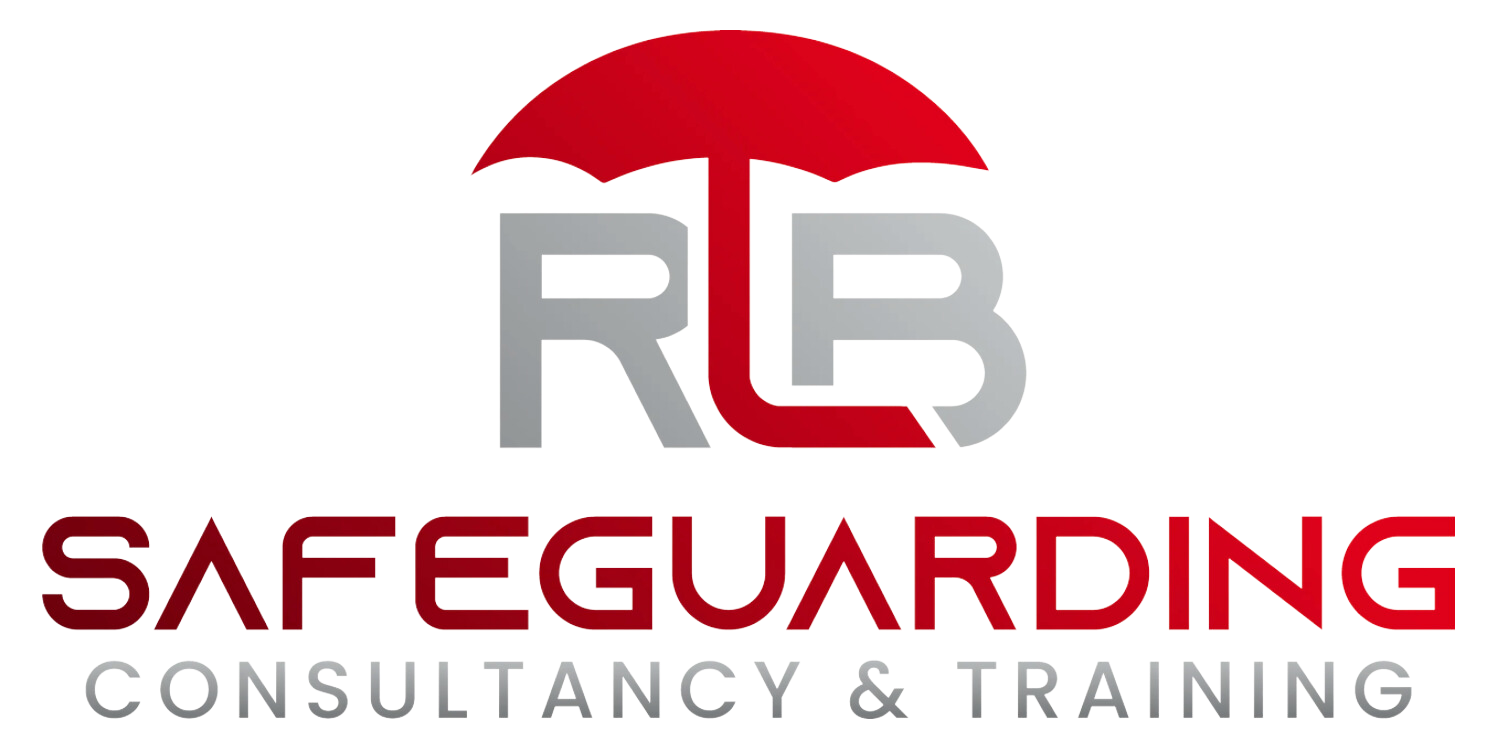
FAQ’s and Contacting RLB
Frequently Asked Questions
If you have a question we haven’t answered below, please feel free to complete the contact form.
-
Safeguarding means to ensure that children and adults’ health and wellbeing rights are protected within society and that we all work together to protect people from abuse, neglect, or exploitation.
It can refer to the proactive measures and steps taken to protect a person, or someone that may be vulnerable to abuse. It can apply to a variety of settings for both children and adults and it is important that we all accept our personal ‘responsibility’ for the safety of ourselves and others.
There are 5 R’s of Safeguarding and these are:
• Recognise- that something is not quite right or that a person may be at risk.
• Respond- to the person or the situation and remove any immediate risks wherever possible.
• Record- the information in line with your organisation’s policies and procedures.
• Report- it to a Designated Safeguarding Lead or person of authority.
• Refer- to the appropriate service, external or statutory such as the police or social care if there is a significant risk of harm.
Safeguarding is a shared responsibility that involves individuals, families, communities, organisations, and society as a whole. We must all work together to provide an inclusive and supportive world where people feel confident to speak up if they witness or are experiencing harm.
-
A "duty of care" can be both legal and moral and underpins the responsibilities that are placed on people or organisations to ensure that they act reasonably to ensures the safety, well-being, and protection of others. Professions such as healthcare, education, employment, and public services will usually be explicit about their Duty of care. The term can have a different meaning depending on the legal context in which it is being used.
This could include:
Legal obligation- failure to meet these standards or legislation may result in legal consequences.
Reasonable standards of care- Reasonable standards of care must be put in place to ensure harm will not come to a person or group.
Prevention- The duty of care generally applies when harm or injury to others could reasonably be anticipated or foreseen. It requires individuals to consider the potential risks and take appropriate measures to prevent harm.
Professional boundaries and code of conduct- People who have responsibility or influence over others are acting within a position of trust. This means they must act accordingly and not abuse this power.
-
Child and adult protection refer to the specific legislative and statutory measures put in place to respond to and prevent significant harm from abuse, neglect, or exploitation. There is a clear focus on identifying a risk, intervention to protect the person, and providing a level of support to the individual or those affected. Protection systems will involve relevant legislation, legal frameworks, law enforcement, education, health care and other relevant professionals.
Safeguarding is the concept that encompasses both child and adult protection and is the actions and proactive steps that we take to prevent a person from coming to significant harm. This could include things such as online safety awareness, empowering people to keep themselves safe, risk assessments recognising and recording information and passing it onto the relevant support services.
-
Safeguarding is fundamental when we consider protecting people to ensure they achieve positive outcomes related to wellbeing, and operating in safe environments where everyone can thrive and live free from harm. In order to thrive we access to support to the ability to promote:
Dignity and rights.
The prevention of longer-term consequences or harm.
Promotion inclusion, equality, and social justice.
Opportunities to work together.
Access to safe environments.
To understand our legal and moral duties of care.
Being able to trust and speak up.
Access to relevant support systems/services.
-
In order to have an effective safeguarding culture of and build awareness, it is important to acknowledge that it will be an ongoing process. It is not solely one person’s responsibility and will require consistent effort, reinforcement, and a commitment to embedding safeguarding principles throughout culture and practices.
Here are some important points to consider:
1. Training- comprehensive and educational sessions on a regular basis that are relevant to the professional or person. This should include topics such as how to recognise the signs and symptoms or abuse or neglect, how to report concerns and should be offered on a regular basis.
2. Policies and procedures- user friendly policies and procedures that outline expectations, roles and responsibilities, reporting procedures, and steps to address concerns. Everyone should fully understand and adhere to these.
3. Awareness building and reporting procedures- Regular email updates, briefings, newsletters, guest speakers, training, posters, intranet portals, and notice boards. Use these channels to share case studies, success stories, and relevant news to keep safeguarding at the forefront of employees' minds and priorities. Make sure that everyone knows how to report a concern.
4. Having fully trained dedicated safeguarding roles in place- Appoint Designated Safeguarding Leads (DSLs) and officers who are responsible for championing safeguarding efforts. These individuals can provide guidance, support, and act as a point of contact for safeguarding concerns.
5. Freedom to speak up- Create a culture that encourages people to report any safeguarding concerns or issues they may have. Assure people that their concerns will be taken seriously, treated confidentially, and responded to appropriately. Make sure you communicate clear instructions on your reporting procedures and make reporting channels easily accessible.
6. Partnerships and collaboration- Ensure that there are partnerships in place with external agencies that specialise in safeguarding or child/adult protection and other charity organisation that can support with specific needs. It is extremely beneficial to collaborate with experts from different backgrounds and settings to share learning and educate people about how to keep themselves and others safe.
7. Stakeholder engagement- Regularly seek feedback from employees and other stakeholders on the effectiveness of your safeguarding arrangements and initiatives.
8. Reviews and stress testing- Conduct regular evaluations to measure the impact of awareness- raising efforts and identify areas for improvement.
Contact Us
Let's talk about your Safeguarding needs!
Usual opening hours are: Monday-Friday 8.30am-5.30pm. (Weekend and evening work can be discussed)
If you are worried about a child or an adult at risk then you must act:
If the child or adult is in immediate danger then you must contact emergency services on 999.
If you are worried about a child or adult you may also:
Contact the NSPCC- https://www.nspcc.org.uk/keeping-children-safe/reporting-abuse/what-if-suspect-abuse/
Contact your local Child or Adults Services. These should come up on a local google search.
Contact the Police- Call 999 or non-emergency Call 101.
Contact your local Crisis Team for mental health concerns- https://www.nhs.uk/nhs-services/mental-health-services/where-to-get-urgent-help-for-mental-health/
